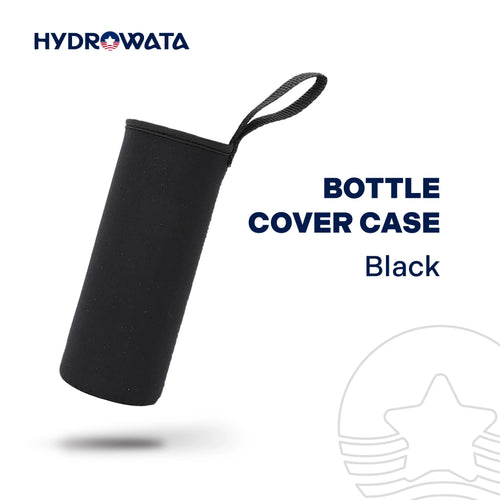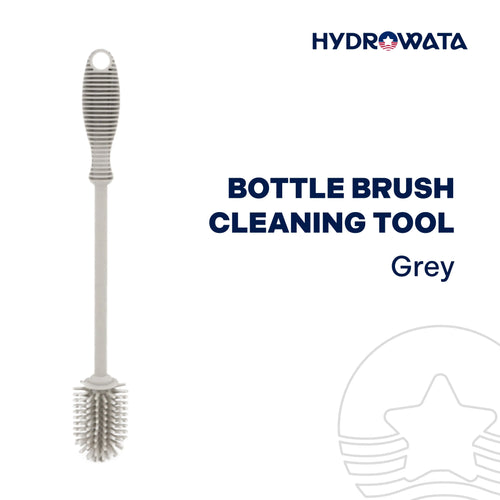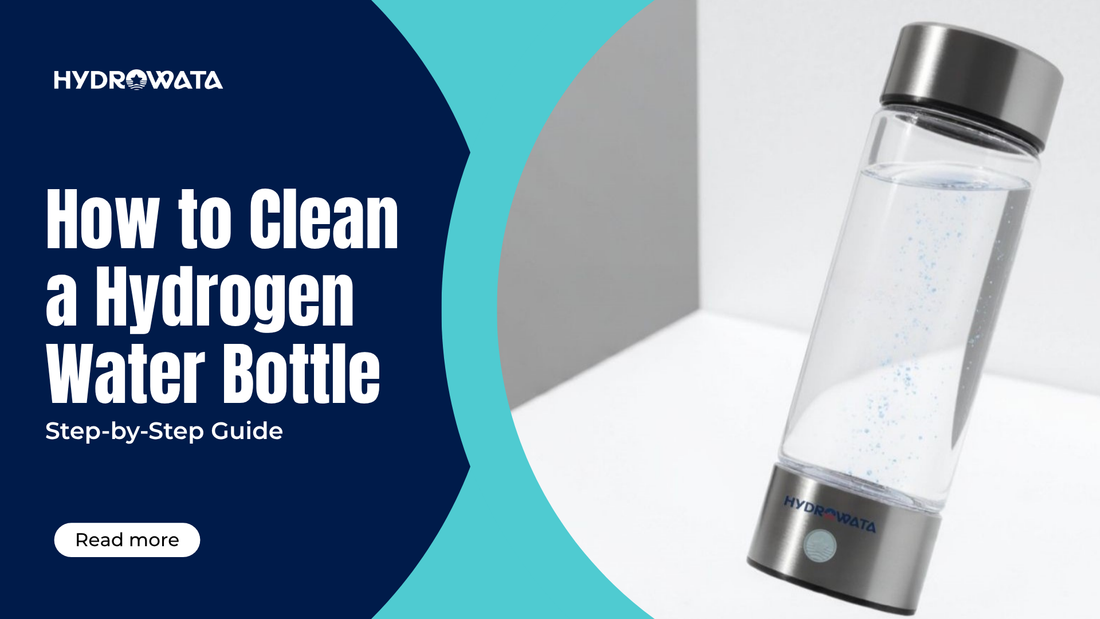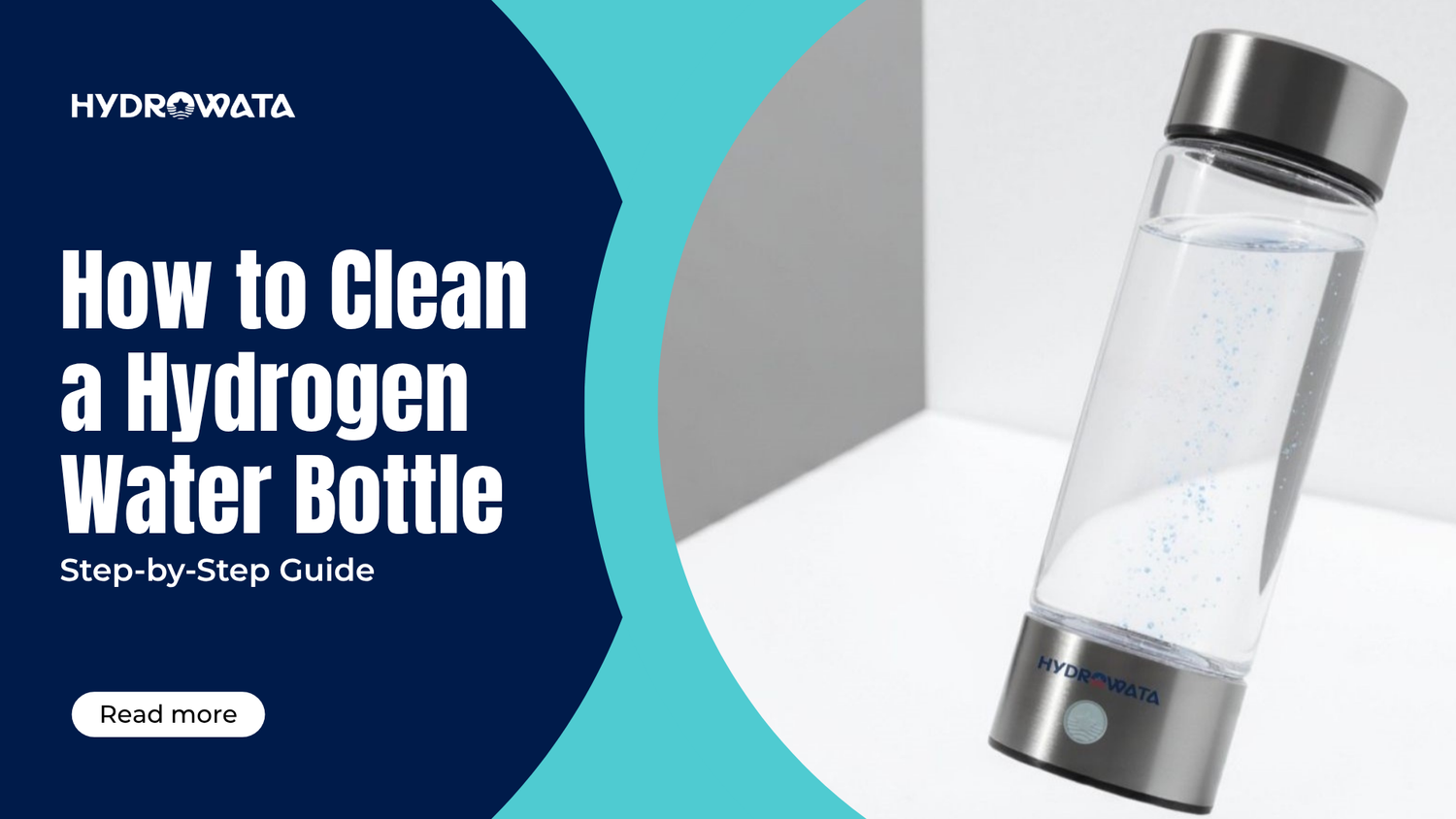If you’ve invested in a hydrogen bottle, you’ve already made a smart move toward better hydration and wellness. These advanced bottles infuse water with molecular hydrogen, offering antioxidant and recovery advantages known as key Hydrogen Water Bottle Benefits.
But to keep it working perfectly, you need proper care. If you’re wondering how to clean a hydrogen water bottle, here’s your ultimate, easy-to-follow cleaning guide—helping you maintain performance, purity, and long-lasting freshness every time you drink.
Why Cleaning Your Hydrogen Water Bottle Matters

A hydrogen bottle uses electrolysis to infuse water with molecular hydrogen. Over time, minerals, residue, and bacteria can build up inside. Learning how to clean a hydrogen water bottle ensures fresh-tasting water, strong hydrogen output, and long-term performance.
If you skip cleaning, mineral scale can form on electrodes, lowering efficiency and affecting taste. Bacteria may also grow in moist, warm spaces. Regular maintenance keeps your hydrogen water safe, clean, and beneficial for daily hydration.
Experts recommend light cleaning every few uses and deep cleaning weekly. Creating a habit ensures your bottle always delivers pure hydrogen water.
What You Need Before Cleaning
Before learning how to clean a hydrogen water bottle, prepare these essentials:
- Warm water
- Mild dish soap
- A soft sponge or bottle brush
- White vinegar or citric acid
- A microfiber towel
These items help you remove residue, disinfect naturally, and keep your bottle spotless.
For best results, use filtered water daily. It reduces mineral buildup and keeps future cleaning easier. Also, avoid sugary or flavored drinks—they can clog the hydrogen generator and create stubborn residue.
How to Clean a Hydrogen Water Bottle (Step-by-Step)

Now, let’s walk through how to clean a hydrogen water bottle from start to finish. Follow these steps carefully to protect both hygiene and electronics.
Step 1: Empty and Rinse
Pour out leftover water and rinse the bottle with warm water. Avoid boiling water—it may damage internal parts. This first rinse removes surface residue before deeper washing.
Step 2: Wash the Inner Chamber
Mix a few drops of mild dish soap in warm water. Use a soft sponge or brush to clean the inside gently. Avoid abrasives that scratch the surface. Gentle care preserves your bottle’s clarity.
Step 3: Clean Lid and Mouthpiece
Bacteria often collect here. Scrub the lid, spout, and seal with a soft brush. Attention to these small areas ensures how to clean a hydrogen water bottle leaves no spot untouched.
Step 4: Rinse Away Soap
Rinse several times with clean water to remove all soap residue. Any leftover detergent can affect hydrogen production or taste. Proper rinsing is key to pure results.
Step 5: Deep Clean with Vinegar or Citric Acid
If you see mineral spots or cloudiness, fill your bottle with one part white vinegar to three parts warm water. Let it soak 15–20 minutes, then rinse. This natural solution breaks down scale effectively.
Step 6: Full Deep-Clean Method
Unscrew the lid and base, then wash them thoroughly with warm water—avoiding the charging port. To clean the base, pour white vinegar into the bottle, cover it, let it sit for 2 hours, shake for 2 minutes, and rinse thoroughly.
This proven technique ensures how to clean a hydrogen water bottle removes every trace of buildup.
Step 7: Wipe the Electrolysis Base
Never submerge the base in water. Instead, wipe gently with a damp cloth—no soap or chemicals. Keeping this area clean supports consistent hydrogen output.
Step 8: Dry Completely
After cleaning, air-dry all parts or wipe with a microfiber towel. Moisture trapped inside can lead to odor or mold. Fully drying completes how to clean a hydrogen water bottle the right way.
Pro Tips, Mistakes to Avoid & Maintenance Schedule

Even when you know how to clean a hydrogen water bottle, small mistakes can reduce its lifespan. Avoid these:
- Using boiling water or bleach
- Scrubbing with rough tools
- Soaking the electronic base
- Skipping weekly deep cleaning
For daily users, rinse and lightly clean every one to two days. Deep clean weekly for best performance. Occasional travelers can deep clean every two weeks.
Hand-washing is always best. Most hydrogen bottles—including HydroWata—aren’t dishwasher-safe. High heat and jets may damage seals or electronics.
To keep it fresh longer, always dry after each use, store it open to let air circulate, and use filtered water to minimize mineral deposits. Following these habits means how to clean a hydrogen water bottle will feel effortless.
If your bottle smells musty, repeat the vinegar method and dry completely. Odor usually signals trapped moisture or leftover residue.
How Often Should You Clean a Hydrogen Water Bottle?
Keeping your bottle clean is essential for both hygiene and hydrogen performance. Ideally, you should rinse your hydrogen water bottle daily with warm water to remove any residue or buildup from minerals and regular use. This simple step helps maintain the purity of your water and ensures the electrodes can continue producing optimal hydrogen levels.
Once a week, perform a deep clean using white vinegar or mild, natural cleaning agents. Fill the bottle with a vinegar solution, let it sit for 1–2 hours, shake gently, and rinse thoroughly with clean water. Avoid submerging the base or getting the charging port wet, as it may damage the internal generator.
Regular cleaning not only keeps your bottle safe and odor-free but also extends its lifespan, helping your HydroWata Hydrogen Water Bottle perform at its best every day.
Why the HydroWata Hydrogen Water Bottle Is the Easiest to Clean

If you value convenience, the HydroWata Hydrogen Water Bottle was designed with maintenance in mind. Its wide mouth allows easy access for brushes, while the detachable base makes every section reachable. It simplifies every part of how to clean a hydrogen water bottle.
HydroWata’s sleek design pairs durability with smart features. It generates 1.1–1.68 PPM of molecular hydrogen, providing powerful antioxidant benefits. The BPA-free body is sturdy yet lightweight, ideal for travel, office, or gym use.
Key Features You’ll Appreciate
- Powerful Hydrogen Output: Consistent antioxidant hydration.
- Auto Shut-Off: Prevents overheating or overcharging.
- Wide Mouth Opening: Makes cleaning simple.
- USB Rechargeable: Convenient anywhere.
- Leak-Proof Design: Perfect for active lifestyles.
When you understand how to clean a hydrogen water bottle, HydroWata makes each step quick and worry-free.
Routine care not only keeps water fresh but extends your bottle’s lifespan. Clean electrodes ensure efficient electrolysis and strong bubble flow. That’s why maintenance equals performance.
If parts like lids or seals wear out, replace them promptly. HydroWata offers replacements so your bottle stays good as new.
HydroWata Hydrogen Water Bottle: Features & Benefits

HydroWata Hydrogen Water Bottles deliver pure, antioxidant-rich hydration anywhere. The standard model generates 1.1–1.68 PPM hydrogen concentration, includes an auto shut-off feature, and a wide-mouth opening for easy cleaning. It’s USB rechargeable with a 1000 mAh battery—perfect for daily use.
The HydroWata Hydrogen Water Bottle PRO takes hydration further with 6,000–10,000 PPB hydrogen output. Featuring auto shut-off, advanced SPE & PEM technology, and a 2000 mAh long-lasting battery, it ensures ultra-pure hydrogen free from ozone or chlorine. Ideal for travel or office use.
For added flexibility, HydroWata Hydrogen Water Tablets offer up to 8 PPM hydrogen in each effervescent tablet. They support gut health, reduce inflammation, and come in individually packed servings—portable, safe, and simple for on-the-go hydration.
Eco-Friendly Cleaning Options & Troubleshooting Tips
Prefer natural cleaning? Try baking soda paste or diluted lemon juice. These gentle options remove stains without harsh chemicals, supporting sustainable routines as you practice how to clean a hydrogen water bottle responsibly.
Quick Fixes for Common Issues
- Hard water stains: Soak in citric acid or vinegar.
- Lingering odor: Air-dry overnight.
- Weak bubbles: Clean electrodes carefully.
By troubleshooting early, your hydrogen water stays pure, fresh, and effective.
A spotless bottle guarantees cleaner hydrogen water—rich in antioxidants that combat oxidative stress, support recovery, and promote better hydration. Following how to clean a hydrogen water bottle properly protects both your health and your investment.
Final Thoughts
Keeping your bottle clean is simple once you know how to clean a hydrogen water bottle correctly. Regular care ensures crisp taste, optimal hydrogen levels, and lasting performance.
For an option that’s powerful, portable, and easy to maintain, choose the HydroWata Hydrogen Water Bottle—your partner for everyday wellness and antioxidant-rich hydration.
FAQs
Can I use bleach to clean it?
No. Bleach may corrode parts and leave residue. Stick with mild soap or vinegar when practicing how to clean a hydrogen water bottle safely.
What removes cloudy buildup best?
A vinegar soak for 15–20 minutes dissolves scale—an expert tip in how to clean a hydrogen water bottle thoroughly.
Should I dry it after every use?
Yes. Air-drying stops odors and mold. It’s a small but key habit in how to clean a hydrogen water bottle daily.
Can I submerge the base?
Never. It holds electronics. Wipe it instead—an essential caution in how to clean a hydrogen water bottle properly.
How do I keep it fresh on trips?
Rinse and dry after each use. Thanks to its design, HydroWata makes travel care simple—you’ll always know how to clean a hydrogen water bottle anywhere.





